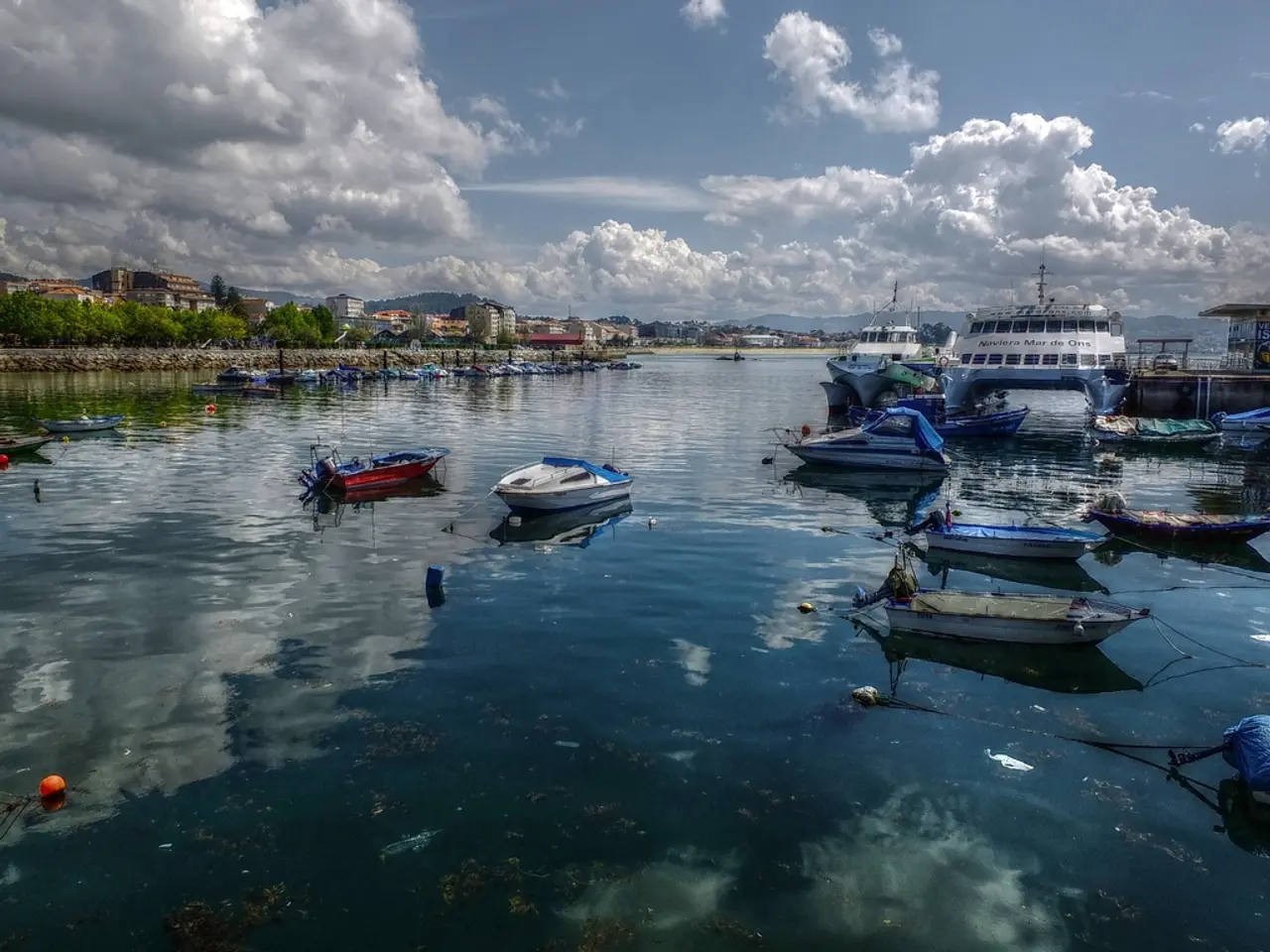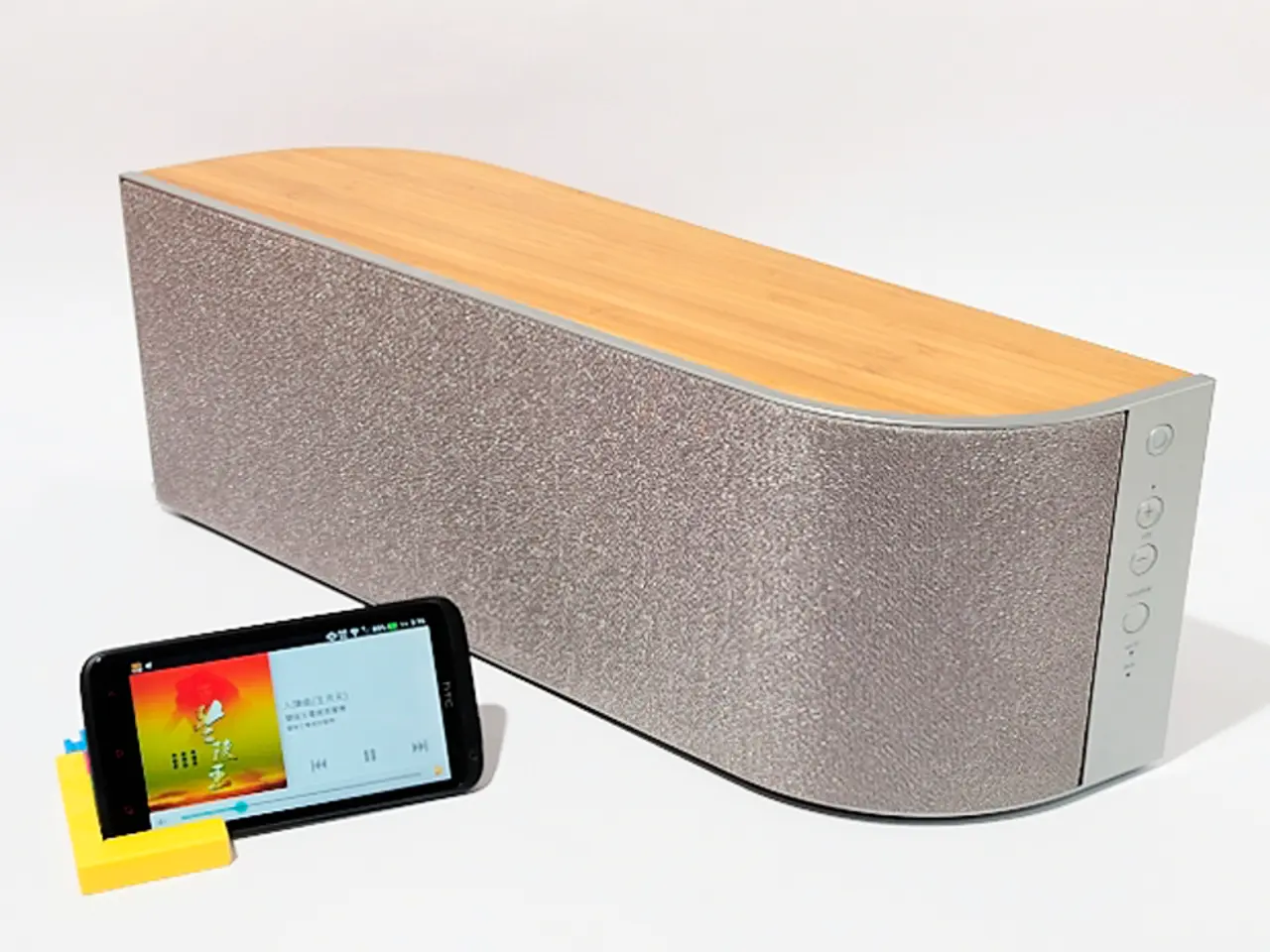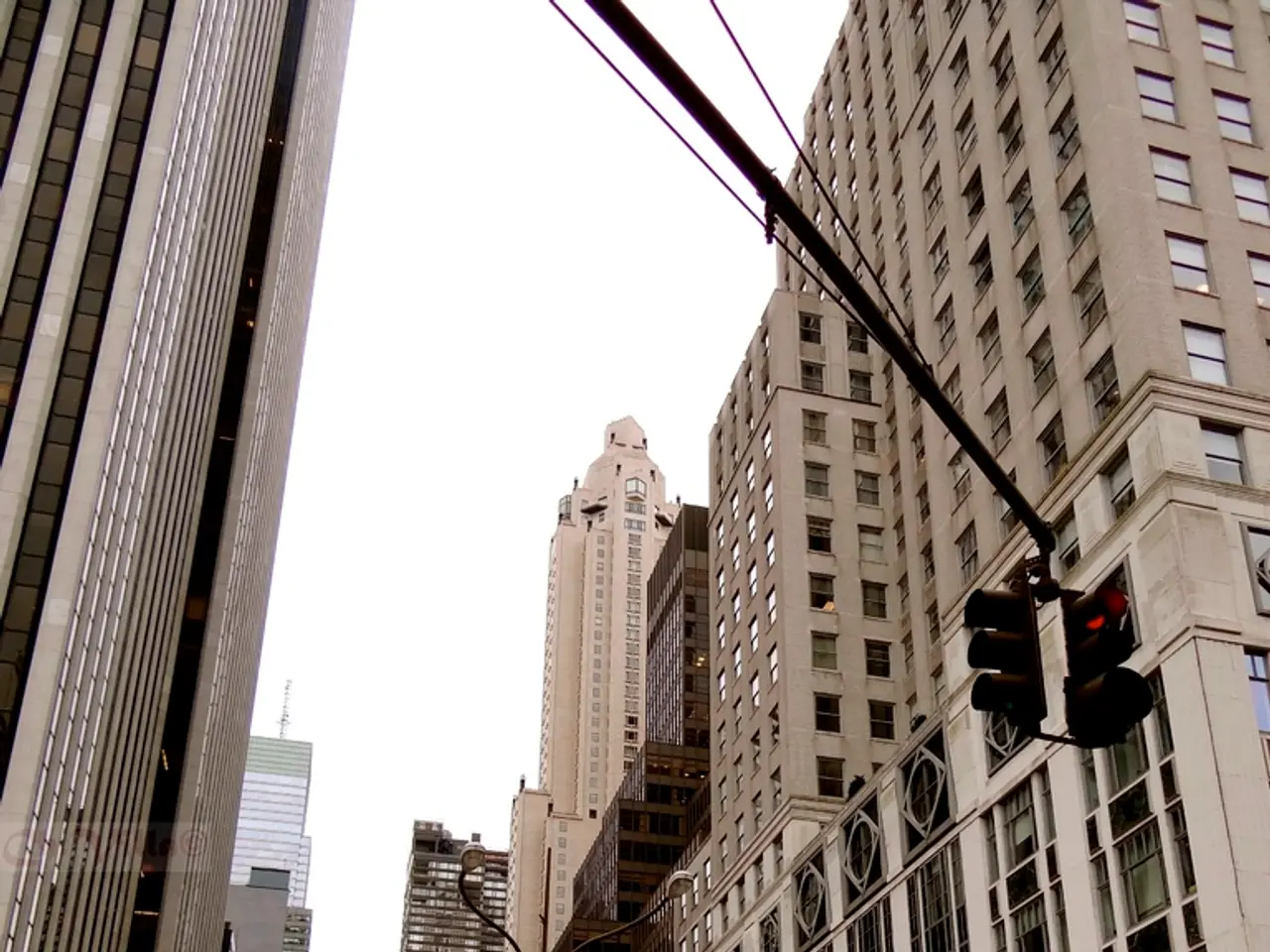Growing menace of abandoned fishing equipment addressed by innovative technology
In the vast coastal regions of Australia's Northern Territory, a significant marine pollution issue has been gaining attention: ghost nets. These discarded fishing nets, often referred to as "death traps", "silent killers", and a "global problem", pose a grave threat to marine life. To combat this issue, a groundbreaking solution is being implemented – the integration of drone surveillance with AI analysis for ghost net detection and removal.
This innovative approach, part of the Australian Marine Parks’ Ghost Net Innovative Solutions program, is a collaboration between environmental scientist Aliesha Hvala, the North Australia Centre for Autonomous Systems at Charles Darwin University (CDU), and the Anindilyakwa Land and Sea Rangers. The team is focusing on the Groote Archipelago, located in the Gulf of Carpentaria.
The key advantages of this new technology are efficiency and cost-effectiveness. Traditional monitoring methods, relying on helicopters and human eyes spotting nets at high speed, struggle to survey remote and rugged coastal terrains. Drones, however, can cover these areas more easily, while AI enhances the detection and identification of ghost nets from aerial surveys, enabling faster and more accurate responses.
Moreover, drones offer increased autonomy and accessibility for ranger groups. They can operate drones directly on their country without incurring the high costs of helicopter use.
The scale of the ghost net pollution problem in Northern Australia is alarming. Up to 2% of all fishing gear is lost to the ocean annually, contributing to the issue. The Australian Marine Conservation Society reports that up to 14,600 turtles were caught in 8,690 ghost nets found across northern Australia in seven years. Fragments as small as 50 centimetres can be identified using this method, and some ghost nets stretch for hundreds of metres, larger than a football field.
Ghost nets harm various marine life, including turtles, sharks, dolphins, rays, whales, birds, and other sea creatures. The Northern Territory coastline, particularly Cape York Peninsula and the area south of the Gove peninsula, is considered a 'hot spot' for ghost net pollution.
In addition to the drone and AI technology, other initiatives are underway. For instance, Sea Shepherd, in partnership with iMilani, a family-owned company based in Vicenza, Italy, has developed a way to repurpose harmful debris into Sea Turtle Crates. The organisation's Ghost Network project is also partnering with businesses to repurpose and recycle recovered fishing gear.
However, funding for the ghost net and marine debris program is under threat. The $15 million initiative to help Indigenous rangers remove ghost nets and other ocean plastics from northern Australia's beaches is coming to an end, with no indication as to if or when funding will be available.
Despite this, the integration of drone surveillance with AI analysis for ghost net detection and removal stands out as the most advanced and localized innovation currently addressing ghost nets in the Northern Territory. This cutting-edge solution empowers local rangers and facilitates better management of this marine threat.
[1] Hvala, A., et al. (2023). Autonomous Systems for Ghost Net Monitoring and Removal in the Groote Archipelago, Gulf of Carpentaria. In Proceedings of the 2023 International Conference on Autonomous Systems and Robotics (ASR).
[3] Australian Marine Conservation Society (2025). Ghost Nets: A Threat to Northern Australia's Marine Life. Retrieved from https://www.amcs.org.au/research/ghost-nets/
- The integration of drone surveillance with AI analysis for ghost net detection and removal in the Northern Territory's coastal regions, as part of the Australian Marine Parks’ Ghost Net Innovative Solutions program, is a significant stride in environmental-science and technology, aiming to mitigate the devastating impact of ghost nets on marine life.
- As the Northern Territory coastline faces an alarming scale of ghost net pollution, this innovative solution aligns with lifestyle-conscious initiatives that prioritize the preservation of the environment, such as Sea Shepherd's repurposing of ghost nets into Sea Turtle Crates, indicating a collective effort towards a sustainable and technological advancement in addressing marine pollution.




